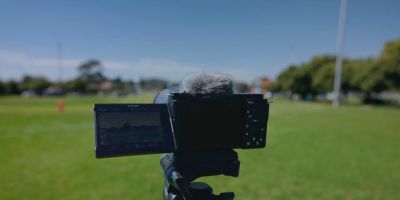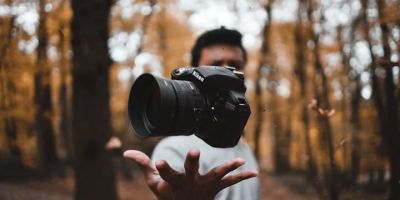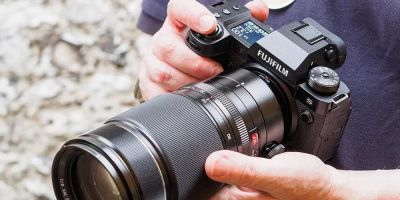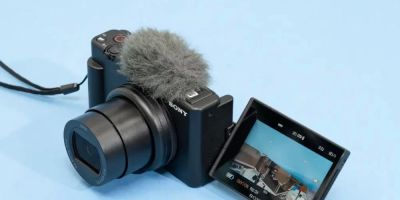- 1-Understanding-the-Unique-Requirements-of-Black-and-White-Photography
- 2-Essential-Camera-Gear-for-Monochrome-Shooting
- 3-Lenses-and-Filters-to-Enhance-Black-and-White-Images
- 4-Lighting-Equipment-for-Creating-Dramatic-Effects
- 5-Post-Processing-Tools-and-Software
- 6-Real-Life-Examples-Showcasing-the-Gear-in-Action
- 7-Finding-the-Best-Photography-Gear-for-Black-and-White-Photos
1. Understanding the Unique Requirements of Black and White Photography
Black and white photography stands apart from color photography by focusing purely on tones, contrast, and texture. To capture compelling monochrome images, photographers must consider how light and shadow interact, as well as how different equipment influences these elements. Unlike color photography, black and white images depend heavily on nuances in exposure and dynamic range.
Therefore, choosing the best photography gear for black and white photos requires an emphasis on tools that enhance contrast, sharpness, and tonal depth. It’s also important to understand how each piece of equipment contributes to the storytelling potential of a black and white image.
2. Essential Camera Gear for Monochrome Shooting
A quality camera body with excellent dynamic range is foundational for black and white photography. Cameras with full-frame sensors tend to perform better due to their superior ability to capture subtle tonal variations and retain detail in shadows and highlights. Models that allow shooting in RAW format provide the flexibility needed to adjust tones during post-processing.
Some photographers prefer dedicated monochrome cameras, such as Leica’s Monochrom series, which capture pure black and white images without the need for color conversion, resulting in exceptional detail and contrast.
3. Lenses and Filters to Enhance Black and White Images
Prime lenses with wide apertures are ideal for achieving sharpness and beautiful bokeh, which help isolate subjects and create depth. Lenses known for excellent contrast and minimal chromatic aberration contribute greatly to the clarity of black and white photos.
Using filters such as red, orange, or yellow can dramatically affect the contrast and mood of monochrome images. For instance, a red filter deepens blue skies to near black, creating striking landscapes with dramatic skies. These filters are especially useful in film photography but can also be simulated digitally.
4. Lighting Equipment for Creating Dramatic Effects
Lighting plays a critical role in black and white photography, where shadows and highlights tell the story. Continuous LED lights or studio strobes with adjustable modifiers allow photographers to sculpt light and emphasize textures. Softboxes and grids can control the spread of light, helping to create moody and high-contrast effects.
Reflectors and diffusers also assist in managing natural light, balancing shadows, and preventing unwanted harsh contrasts, all of which are vital when shooting monochrome portraits or still life.
5. Post-Processing Tools and Software
Post-processing is a crucial phase where black and white images truly come to life. Software like Adobe Lightroom and Photoshop offers advanced tools to adjust contrast, exposure, and grain, enhancing the emotional impact of the photo. Techniques such as dodging and burning allow selective lightening or darkening, which refines the image’s depth and dimensionality.
Specialized black and white presets and plugins also help speed up the workflow and maintain consistency across a portfolio. Understanding these tools empowers photographers to fully realize the potential of their shots.
6. Real-Life Examples Showcasing the Gear in Action
Famous photographer Ansel Adams set the gold standard for black and white landscape photography by mastering large format cameras, red filters, and meticulous darkroom techniques. Modern photographers continue this legacy by combining cutting-edge digital gear with timeless principles.
For example, a recent project by contemporary portrait artist Emma Lee used a full-frame mirrorless camera paired with vintage prime lenses and custom lighting setups to create intimate black and white portraits rich in texture and mood. Her work demonstrates how thoughtful gear choices translate into compelling storytelling.
7. Finding the Best Photography Gear for Black and White Photos
Selecting the right photography gear for black and white photos can be overwhelming given the wide options available. Visiting platforms like Photo Studio can help you explore expert recommendations, compare equipment tailored to monochrome photography, and find trusted vendors. This guidance ensures that you invest in gear that truly enhances your creative vision and technical needs.
Whether you are an aspiring artist or a seasoned professional, understanding the unique demands of black and white photography gear will elevate your work to new artistic heights.





